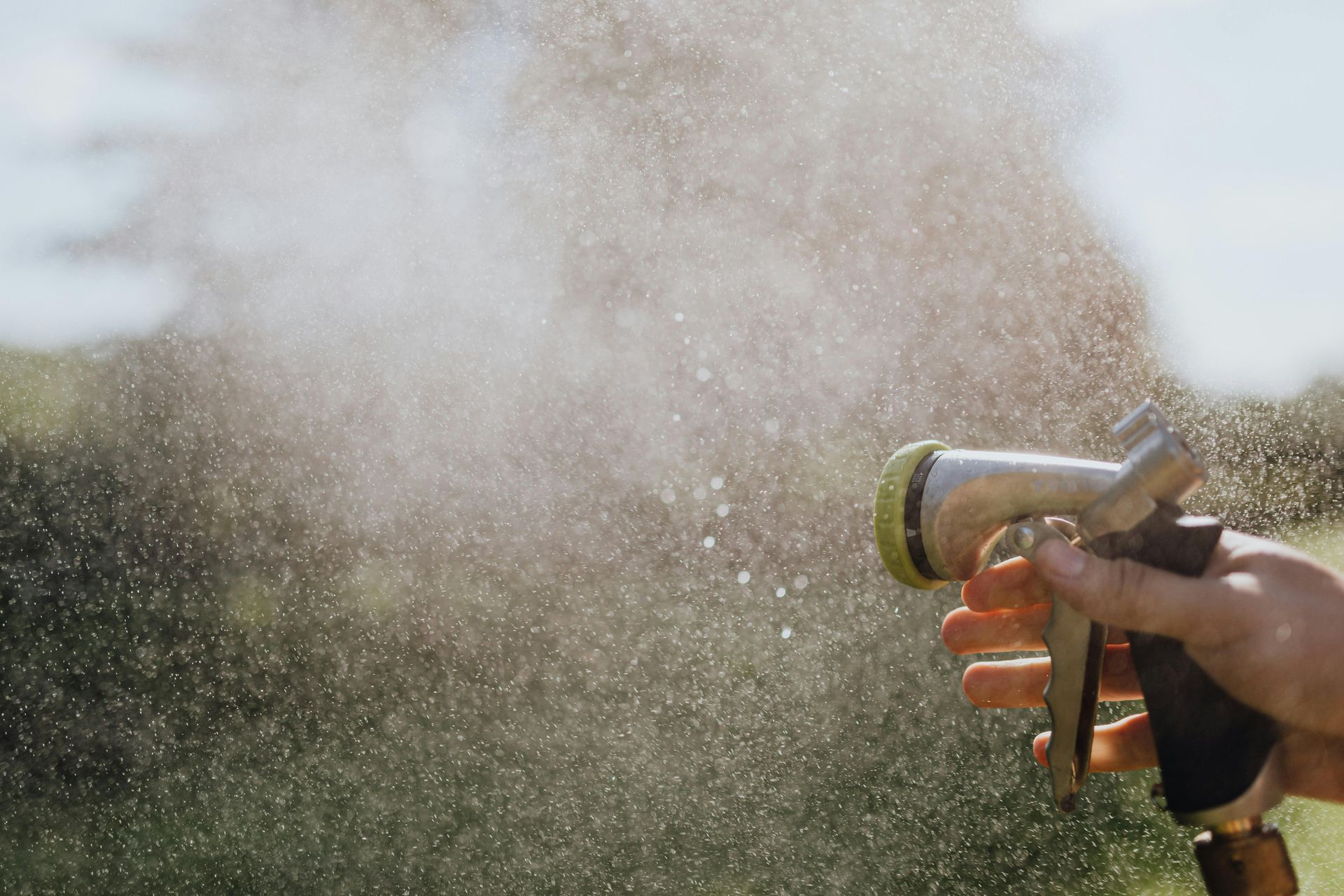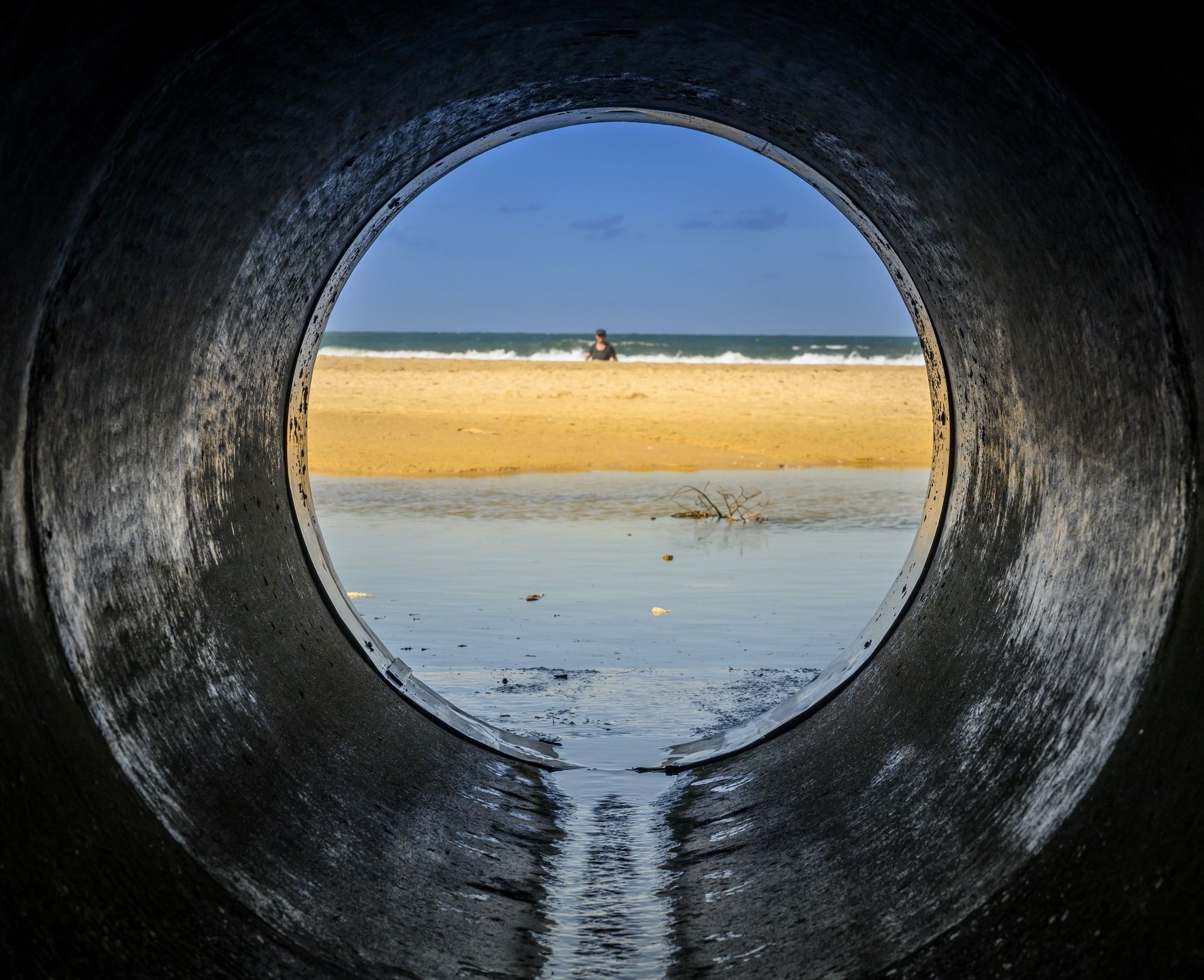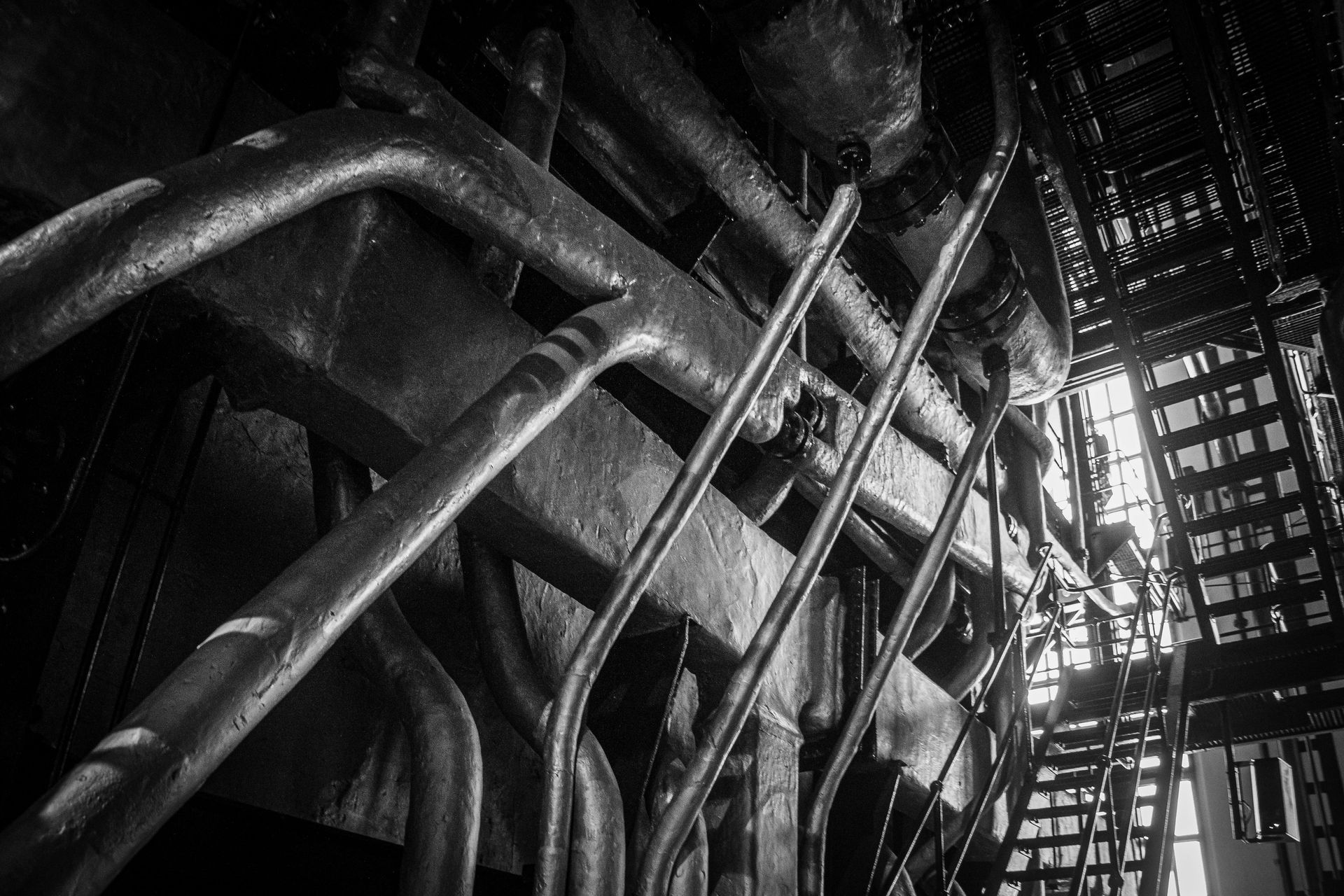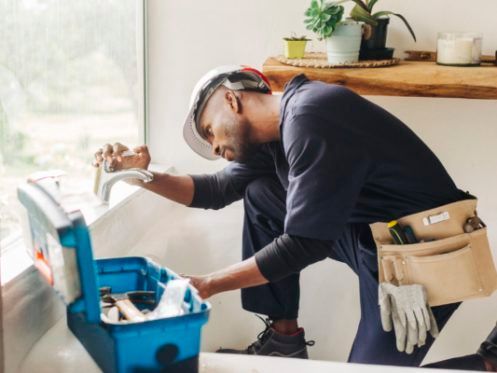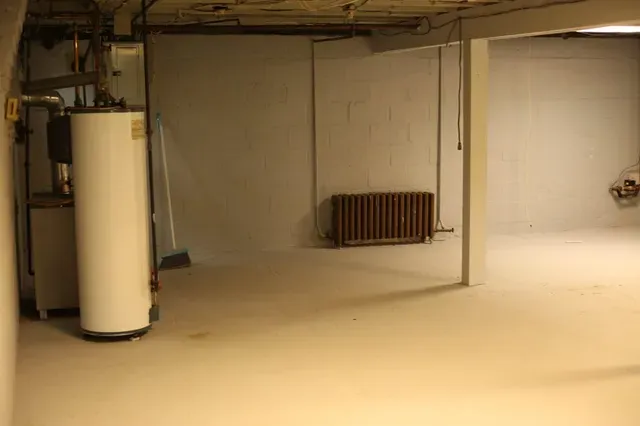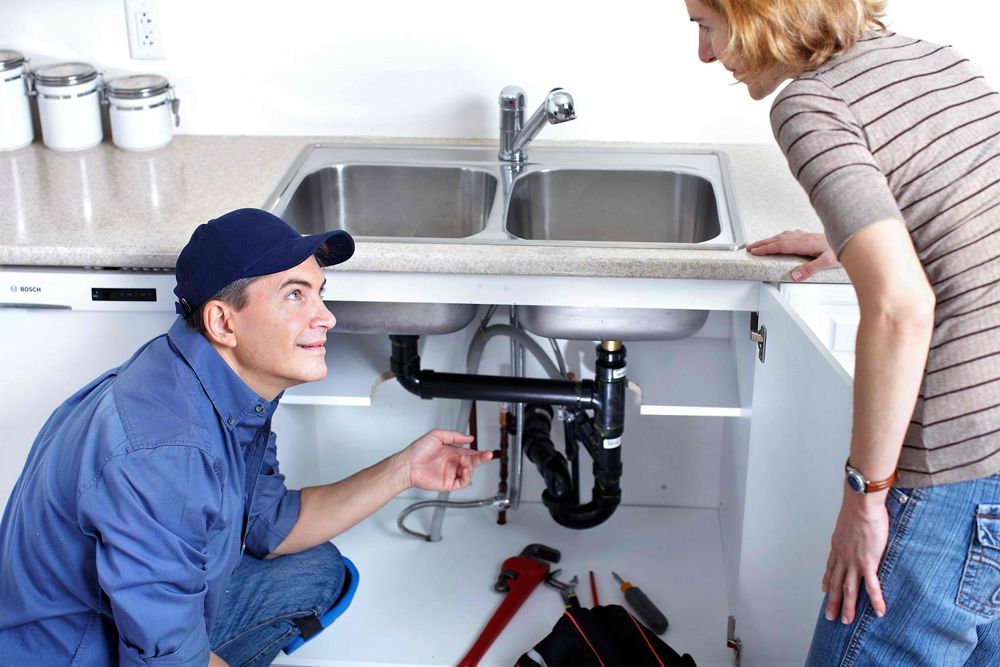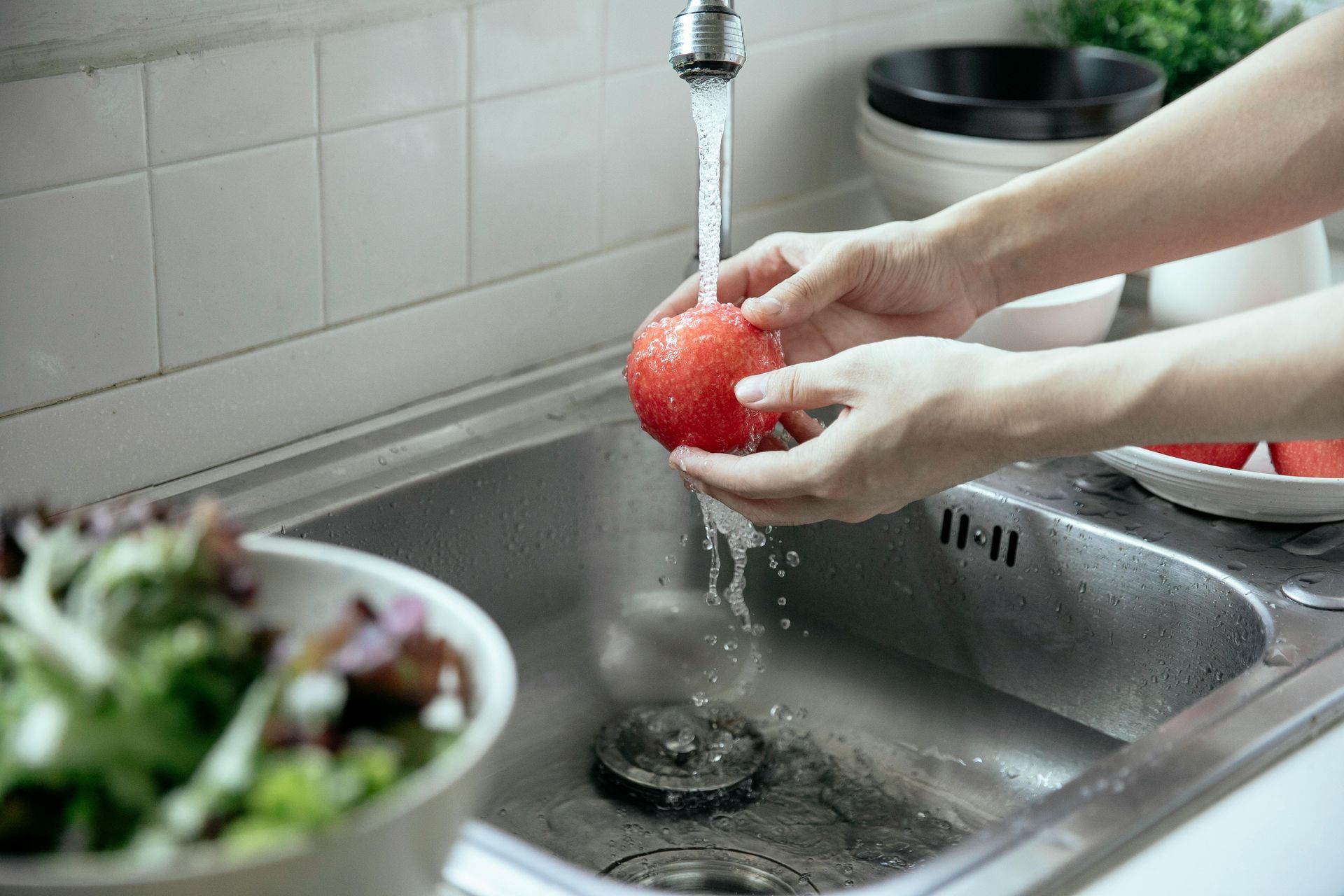Expansion Tank vs. Pressure Relief Valve: What’s the Difference?
Understanding the differences between an expansion tank and a pressure relief valve can be critical in maintaining the safety and longevity of your plumbing system. Both are essential for managing pressure in water heating systems, yet they serve distinct functions. This guide will help you understand what each component does, when and why you need them, and how to maintain them effectively.
The Role of Expansion Tanks
What Is an Expansion Tank?
An expansion tank is a small auxiliary tank that absorbs excess pressure caused by thermal expansion in a closed plumbing system. When water heats up, it expands, and the expansion tank provides a safe space for this excess pressure to be contained.
- Structure: Inside, it has a diaphragm or bladder that separates air from water.
- Function: Absorbs the pressure to prevent pipes, joints, or fixtures from being damaged by the force of expanding water.
When to Use an Expansion Tank
- Necessary in closed-loop heating systems.
- Ideal for homes with water heaters where backflow prevention devices or pressure-reducing valves are in use.
Benefits of Expansion Tanks
- Reduces stress on pipes, minimizing leaks and potential damage.
- Extends the life of water heaters and connected fixtures.
- Helps maintain consistent water pressure and flow.
The Role of Pressure Relief Valves
What Is a Pressure Relief Valve?
A pressure relief valve (PRV) is a safety device installed on water heaters to release excess pressure, preventing potential damage or even explosion. Unlike an expansion tank, the PRV doesn’t store or absorb pressure; it releases it entirely from the system when it exceeds safe limits.
- Structure: It’s a spring-loaded valve, set to open at a designated pressure threshold.
- Function: Releases water when pressure in the system rises above the set threshold.
When to Use a Pressure Relief Valve
- Essential for any water heater.
- Commonly installed on boilers and closed water heating systems to manage excessive pressure.
Benefits of Pressure Relief Valves
- Prevents dangerous overpressure situations.
- Reduces risk of pipe rupture and water heater damage.
- Improves overall system safety by consistently managing pressure surges.
Valves Work Together
In many systems, both an expansion tank and a pressure relief valve are recommended, as they work in tandem to ensure your system stays within safe operational limits. While the expansion tank absorbs minor pressure increases, the PRV acts as a last line of defense, activating only if pressure reaches dangerous levels.
Signs of Issues with Expansion Tanks or PRVs
Expansion Tank Warning Signs:
- Frequent leaks or drips around the tank.
- Higher-than-normal water pressure.
- Waterlogged tank, often indicated by reduced air pressure inside the tank.
Pressure Relief Valve Warning Signs:
- Water discharge without any clear pressure buildup.
- Rust or buildup around the valve.
- Unusual sounds near the water heater during heating cycles.
Maintenance Tips for Expansion Tanks and PRVs
Expansion Tank Maintenance
- Regularly check the air pressure in the expansion tank using a pressure gauge. It should match the water supply pressure, typically around 40-60 psi.
- Inspect for any leaks or corrosion signs.
PRV Maintenance
- Test the valve occasionally by lifting the handle to ensure it opens and closes smoothly.
- Replace it immediately if you notice continuous leaking or if it fails to release pressure properly.
Why Choose Certified Plumbing Professionals?
Both expansion tanks and pressure relief valves are essential for plumbing safety. Incorrect installation or lack of maintenance can lead to serious issues. Certified professionals have the expertise to install, inspect, and maintain these components, ensuring your system runs efficiently.
Conclusion
Expansion tanks and pressure relief valves play vital roles in managing pressure in water heating systems. By understanding the functions and differences between these components, you can maintain your system’s safety, efficiency, and longevity. For installations, inspections, or troubleshooting, it’s always best to consult certified professionals to ensure the job is done right.
The Role of Expansion Tanks in Preventing Water Heater Damage


